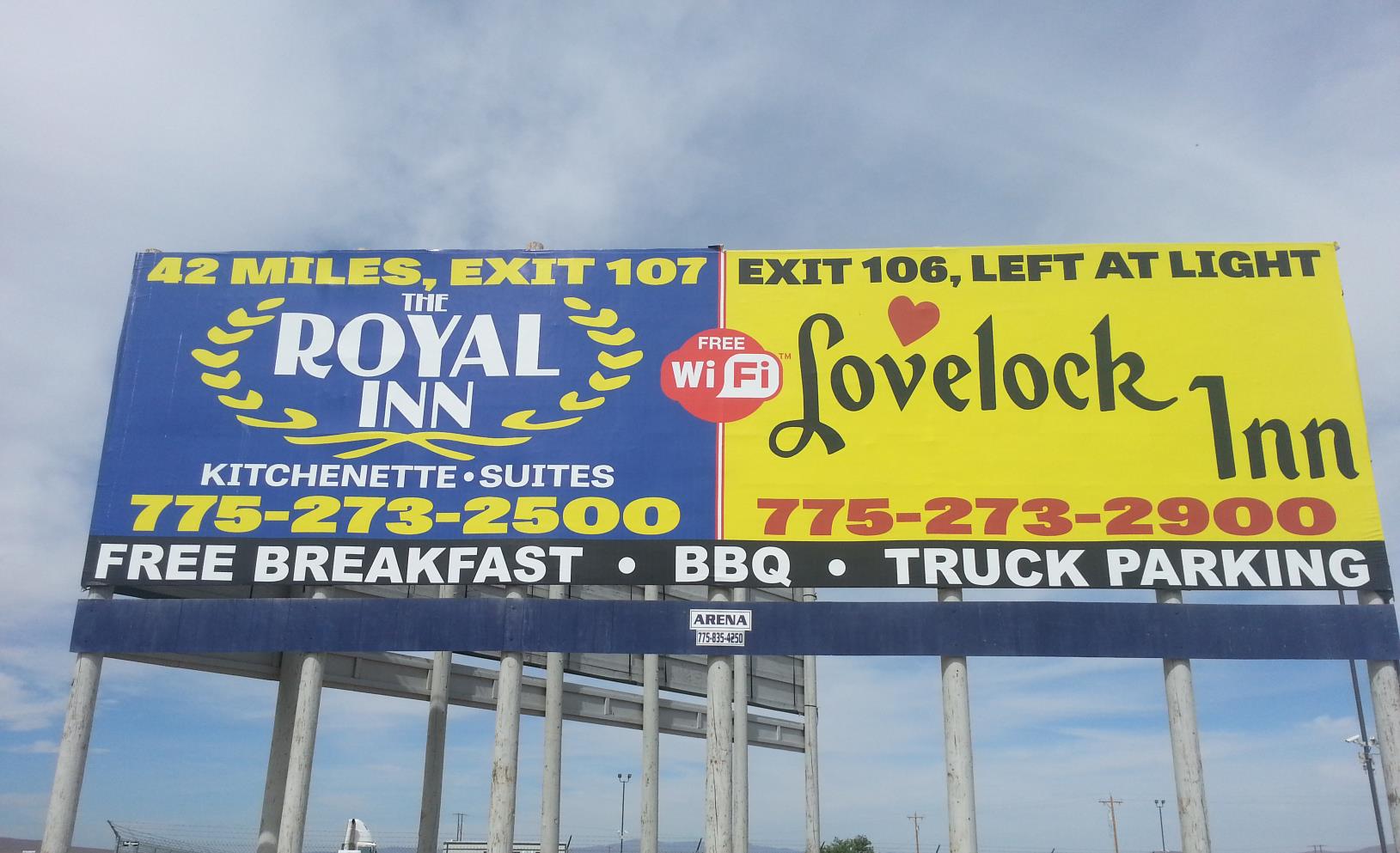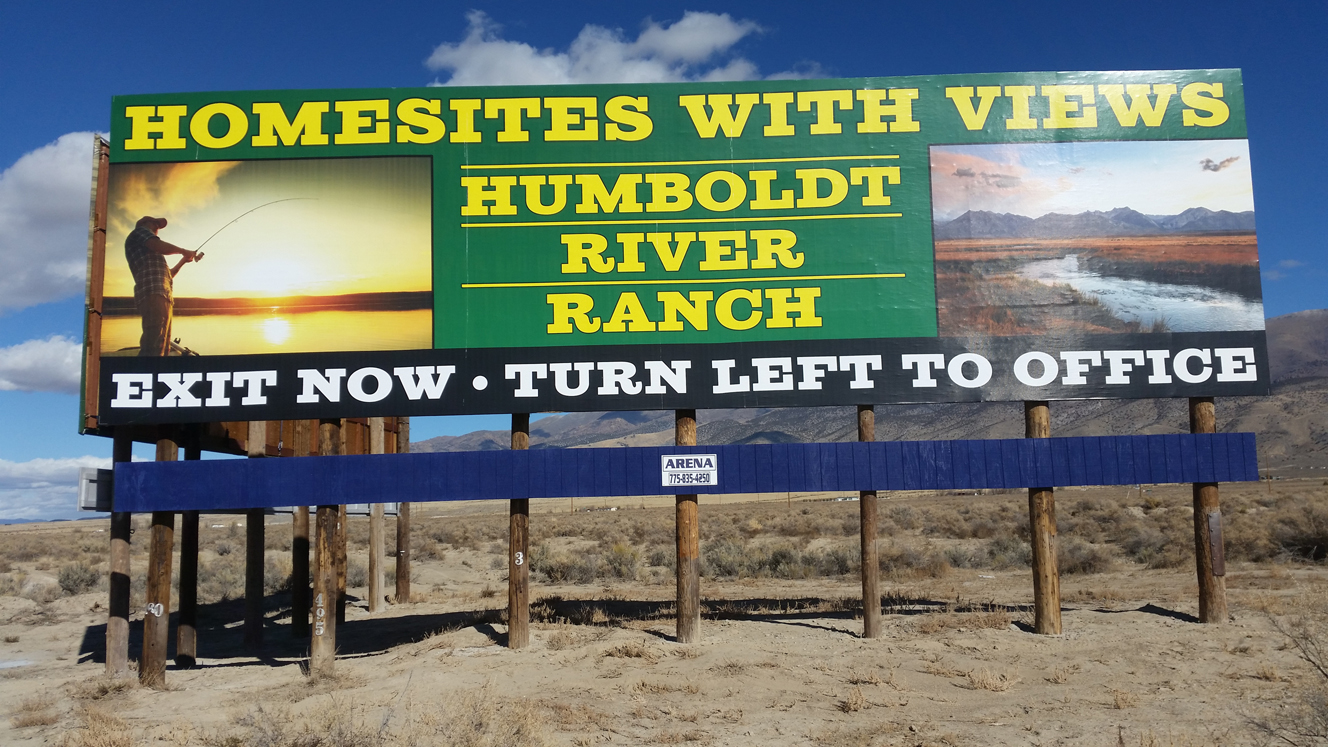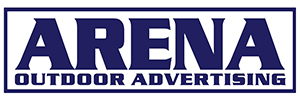
With a vast and ever increasing number of advertising channels available in the market, it’s more important than ever to understand the effectiveness of each available option in order to decide where to spend your ad dollars.
Most advertising mediums simply don’t work as well as they used to, primarily due to market fragmentation.

Here’s a quick breakdown of the challenges faced by the typical media landscape:
Television used to be a good option when there were a limited number of channels, but now with thousands of broadcast, cable, and Internet channels the TV market is highly fragmented. As a result, unless you have the large budget required to advertise on a multitude of channels at the same time, it’s difficult to ensure TV viewers will ever see your ad. The high cost of producing TV commercials, combined with the high cost of paying for the required ad spots in order to broadcast them, means this is a medium that simply doesn’t make sense for most advertisers.
Radio is in a similar boat as television when it comes to fragmentation, owing not only to the multitude of traditional channels broadcast on terrestrial AM/FM radio, but also to the popularity of new audio content entrants including satellite radio, Internet radio, podcasts, app-based music streaming services, and other products. The result is, audio broadcasting may be even more fragmented than television. If your customers are listening to audio programming, it’s no longer likely they are even listening to terrestrial radio at all, because the fact is, the majority simply aren’t. That’s a real problem if you’re looking to reach consumers with radio ads.
Print (newspaper, magazine, etc) readership is down drastically, as Internet and other free news sources have grown into competitors which dominate the quest for the attention of reading enthusiasts. With print newspapers and magazines failing left and right, it’s clear there is no longer enough of an audience for these media to warrant their continued existence. Those publications which have survived are now a skinny shell of their former selves, with page counts declining, frequency of publication scaling back (i.e., what was a daily is now a weekly), and utility of the publication becoming less and less each year. If you’ve picked up anything from your local city newspaper to a national magazine like Rolling Stone lately, you’ll be well aware of how skinny they’ve become. There’s just nothing there anymore. The under age fifty demographic in particular is for the most part tuned out when it comes to print publications, which means unless your product is exclusively tailored to the senior or retiree demographic, print is no longer the effective medium it once was.
What about the Internet? The Internet is now a mature, modern avenue for reaching consumers, and at times can be highly effective. However, with millions of websites, the Internet might be the most highly fragmented media of all. Between the enormous number of websites, auction style advertising rates on the most popular websites, a high preponderance of click-fraud resulting in outsized bills with negligible result for advertisers, and the recent rise of effective ad-blocking software, the Internet is a tough advertising landscape in which to operate. The result of these crosscurrents is that the cost to get acceptable ad placement on the top five or ten websites is exceedingly high, and the effectiveness of advertising on nearly all other websites is exceedingly low. If consumers do make it to your website you have a great opportunity to sell them on your products and services, but getting them there via advertising on other Internet sites is an expensive and/or unreliable endeavor.
What’s left? Well, you could stand on a corner with a giant spinning arrow, and try to direct traffic to your place of business. You could also walk door to door and distribute flyers for your company. Another option might be to print and assemble letters, purchase thousands of postage stamps, and send out direct mail pieces. What you will find in the end though is limited effectiveness, high costs, or both, with these advertising methods unlikely to prove successful for you.
Have you thought about Outdoor Advertising Billboards?
Outdoor advertising, the world’s oldest form of advertising, is still the tried and true, highly effective, low cost winner in the modern advertising landscape. Skeptical? Here are some FAQ’s you may find useful:
Are billboards really the world’s oldest form of advertising?
Yes! Research into ancient times suggests obelisks in the Middle East were the hosts of the world’s very first advertising messages, several thousand years ago.
Why are billboards effective, if other advertising media aren’t?
Advertising on billboards gives you instant access to a captive audience, while other forms of advertising typically require your prospective customer to tune in to the right station, turn to the right page, or visit the right website, all before they ever have a chance to see your ad. In today’s highly fragmented ad market, it’s more difficult than ever to get your ad noticed with other media. With billboards however, the audience is automatically exposed to your message while simply traveling down the road. There are only a few major roads in most regions, which everybody has to travel on when going from point A to point B. Seeing billboards along the way is unavoidable, and you can’t change the channel, turn the page, or turn on any form of ad blocker. When you put your ad on a billboard, your ad WILL be seen! Not only that, but most of us drive the same roads day after day, which means billboard ads also achieve the frequency required to establish what all advertisers seek: memory pertaining to your company in the consumer’s mind.
If I get most of my customers via my website, why would I need to advertise on a billboard?
As it turns out, billboards are actually the perfect complement to your online presence. Numerous studies have been conducted over the past few years, which have concluded that billboard advertising is the most consistent, reliable, and cost effective of all advertising media when it comes to driving Internet traffic to a company’s website. For businesses who make some/all of their sales online, it typically goes like this: You put up one or more giant billboards with a clever message, people see your ad and are intrigued, they then run an online search for your business, which results in them arriving at your website, and in turn creates an opportunity for them to purchase your product or service. It’s a beautiful sequence of events leading to an increase in your bottom line.
Is the cost of billboard advertising really lower than other media?
Yes! Here is a quick comparison of CPM (cost per thousand impressions) rates across various popular advertising media:
Direct Mail, Dedicated: $400-600
Direct Mail, Shared Mailer Packs: $50-60
Newspaper: $30-50
Online: $10-45
Television: $10-30
Magazines: $10-25
Radio: $8-10
Arena Outdoor Billboards: $2-6
To sum it all up, billboard advertising is the single best value in the advertising marketplace today, based on its outstanding combination of effectiveness and affordability. It works great on its own as a directional (“Exit Now”), it works great for building brand awareness, and it works great as a driver of traffic to your website where you can shine as you turn a warm lead into a sale. Give it a try, you’ll be thrilled with the results.
What’s next? Call Arena Outdoor Advertising at (775) 835-4250 today, and allow us to help you Drive Your Business!

Additional Reading :
(third-party website articles)
Out of Home Advertising “boosts market share by a third”. . .
Billboard Advertiser Testimonials in Southern California
Business Perceptions Of The Role Of Billboards In The U.S. Economy
(Long, technical article; if you’re pressed for time, consider reading the first five paragraphs and then skipping down to the Conclusion section)
